Quick & Crispy Classic Homemade French Fries Recipe
These golden, crispy delights represent more than just a side dish—they’re a culinary experience that connects us to comfort and nostalgia.
French fries capture the essence of indulgent eating with their magical revampation from humble potato to crunchy perfection.
Salt-kissed and irresistibly addictive, these potato strips promise maximum satisfaction in every single bite.
Crafting them at home allows complete control over texture, seasoning, and quality of ingredients.
Professional chefs and home cooks alike understand the subtle art behind creating that ideal crisp exterior and tender interior.
Mastering this technique requires patience, practice, and a few insider tricks that elevate ordinary potatoes into extraordinary fare.
Why Homemade French Fries Are Always Worth It
Ingredients That Make Fries Crispy and Golden
Potato Base:Frying Liquid:Seasoning:How to Make Classic French Fries from Scratch
Step 1: Prepare Potato Sticks
Use a French fry cutter to slice potatoes into 1/2 inch thick uniform sticks.
Step 2: Soak Potato Sticks
Place cut potato sticks in cold water and let them soak for 1 hour or overnight to remove excess starch and improve crispiness.
Step 3: Rinse and Dry Potatoes
Step 4: First Frying Stage
Heat oil in deep fryer or Dutch oven to 300°F, ensuring pot is not overcrowded.
Step 5: Initial Cooking Batch
Fry potato sticks at 300°F for 5-6 minutes until tender but not browned.
Step 6: Final Crispy Frying
Increase oil temperature to 400°F and fry each batch until golden brown and crispy, approximately 5 minutes.
Step 7: Drain and Season
Tips for Perfectly Crisp and Fluffy Fries
How to Store and Reheat Fries Without Losing Crunch
What to Pair with French Fries for the Ultimate Combo
Fry Flavors and Twists You Should Try
Print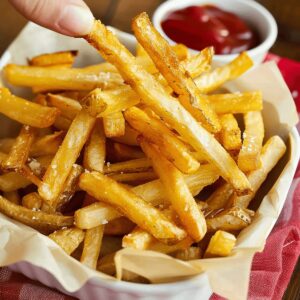
Classic Homemade French Fries Recipe
- Total Time: 1 hour 40 minutes
- Yield: 6 1x
Description
Crispy golden French fries straight from Paris kitchens deliver pure potato perfection with a delicate salt crunch. Potato slices sizzle in hot oil, creating restaurant-quality comfort that brings French culinary magic directly to your plate.
Ingredients
Main Ingredients:
- 10 large russet potatoes (peeled and rinsed)
- 2 quarts (1.89 liters) vegetable oil
Seasoning:
- Salt
Cooking Option:
- 2 quarts (1.89 liters) canola oil (as substitute for vegetable oil)
Instructions
- Prepare potatoes by slicing them into uniform sticks approximately 1/2 inch (1.27 centimeters) thick using a sharp knife or dedicated French fry cutter for consistent sizing.
- Submerge potato sticks in cold water, allowing them to soak for a minimum of 60 minutes or ideally overnight to effectively extract excess starch, which promotes superior crispiness.
- Carefully rinse potato sticks twice with cold water, then meticulously pat them completely dry using clean kitchen towels or absorbent paper towels to eliminate all surface moisture.
- Pour vegetable or peanut oil into a deep fryer or heavy-bottomed Dutch oven, heating to an initial temperature of 300 degrees Fahrenheit (149 degrees Celsius), ensuring sufficient depth for proper frying.
- Gently lower potato sticks into the oil in small batches, avoiding overcrowding to maintain consistent oil temperature, and cook for 4-6 minutes until they become tender but not colored.
- Incrementally increase oil temperature to 400 degrees Fahrenheit (204 degrees Celsius) and return potato sticks for a second frying, creating a golden-brown exterior with a crisp texture, approximately 3-5 minutes.
- Remove french fries using a slotted spider or mesh strainer, allowing excess oil to drain on layered paper towels, then immediately sprinkle with kosher salt or seasoned salt while piping hot.
Notes
- Soaking potatoes helps remove excess starch, creating crispier and more delicious fries that will impress everyone at the table.
- Drying potato sticks thoroughly prevents oil splattering and ensures a crunchy exterior that crackles with each bite.
- Two-stage frying technique guarantees perfectly cooked fries with a soft interior and golden, crispy exterior that restaurant chefs swear by.
- Using cold water rinse breaks down surface starches, allowing fries to develop that irresistible restaurant-quality crunch we all love.
- Seasoning immediately after frying locks in maximum flavor, ensuring every potato stick is packed with deliciousness.
- Prep Time: 1 hour 10 minutes
- Cook Time: 30 minutes
- Category: Snacks, Lunch, Dinner
- Method: Frying
- Cuisine: French
Nutrition
- Serving Size: 6
- Calories: 350 kcal
- Sugar: 0 g
- Sodium: 50 mg
- Fat: 20 g
- Saturated Fat: 2.5 g
- Unsaturated Fat: 15 g
- Trans Fat: 0 g
- Carbohydrates: 40 g
- Fiber: 4 g
- Protein: 4 g
- Cholesterol: 0 mg
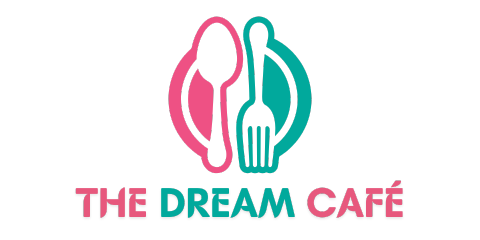
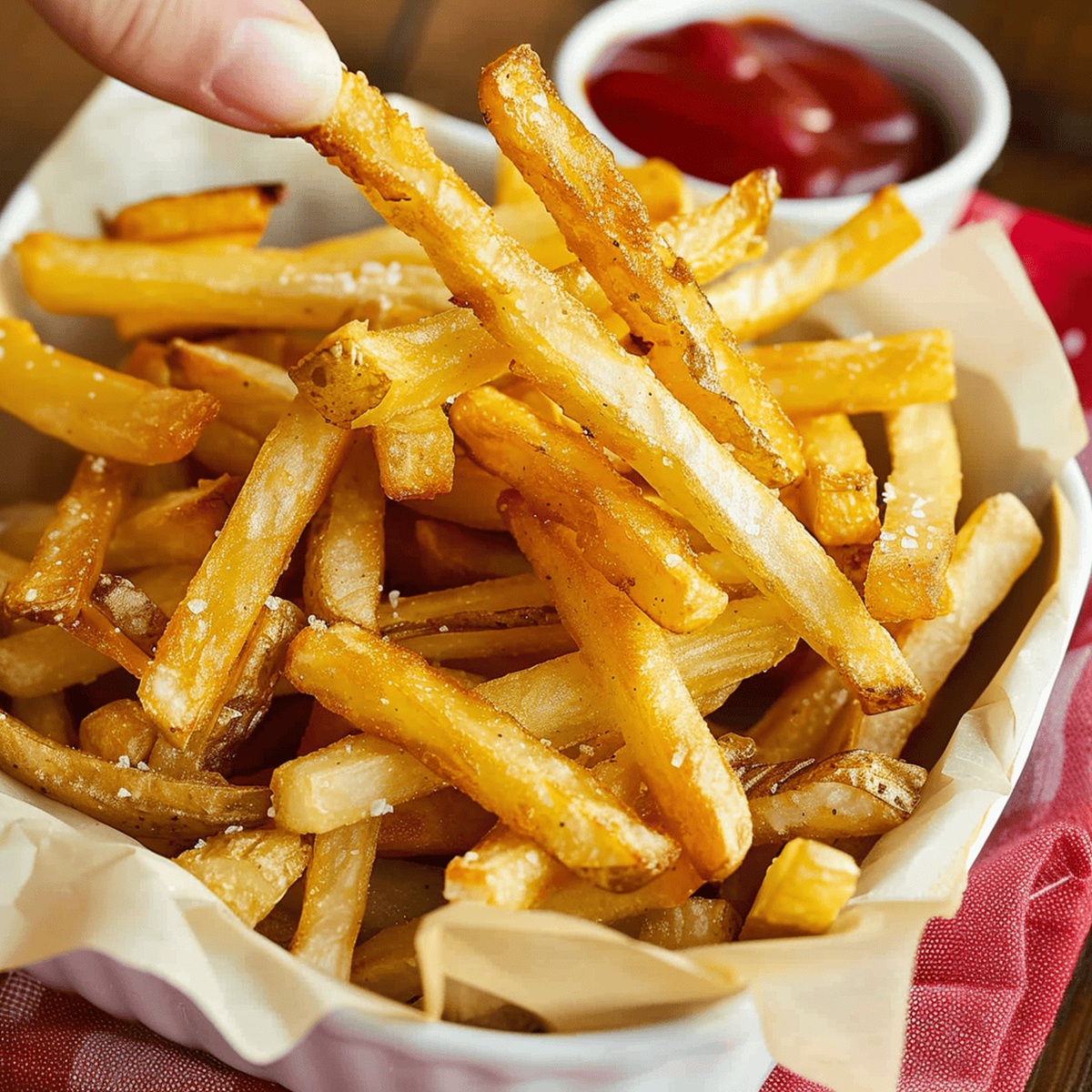
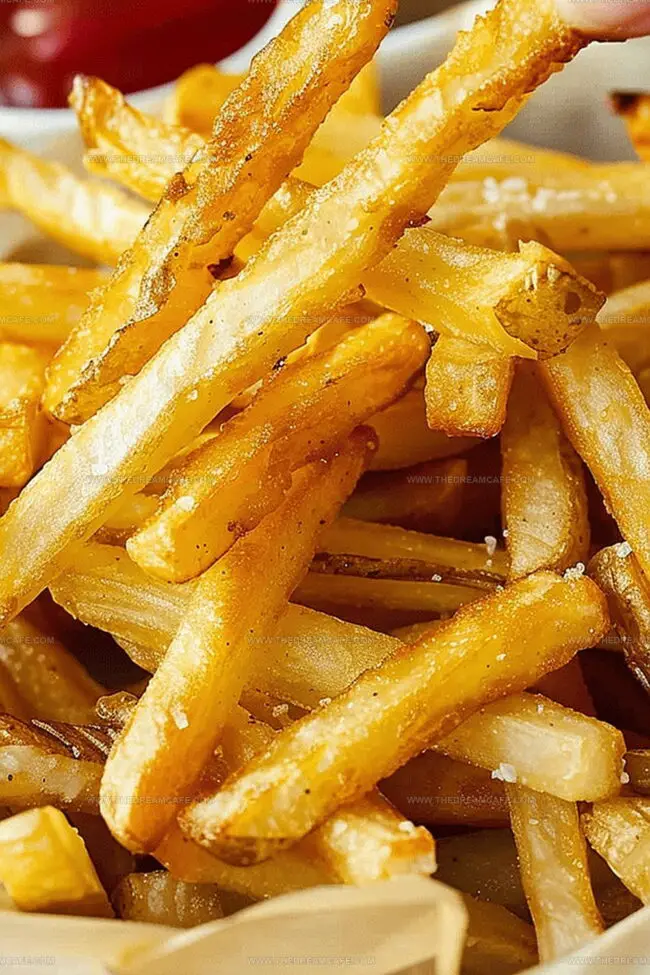
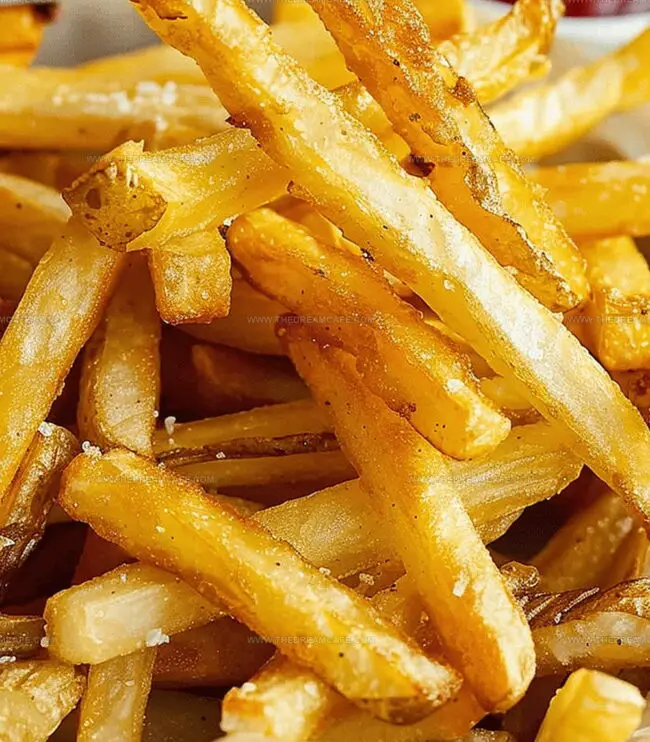
Julian Park
Co-Founder, Cuisine Researcher & Food Culture Writer
Expertise
Education
The Institute of Culinary Education (ICE), Los Angeles, CA
Julian Park is a natural storyteller at The Dream Café who blends hands-on culinary experience with a passion for exploring global food traditions. A graduate of The Institute of Culinary Education in Los Angeles, Julian combines professional technique with a love for cultural discovery, diving into how dishes reflect heritage, migration, and identity.
His work spans everything from in-depth cuisine guides to reflections on everyday meals around the world. With a curious palate and a journal always close by, Julian helps readers connect with food in a way that feels so insightful and personal.